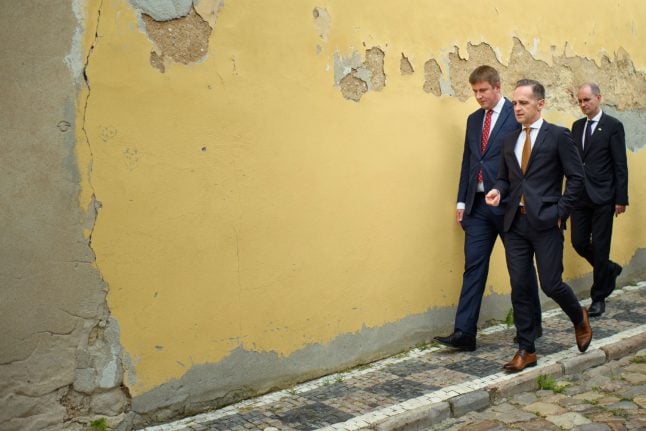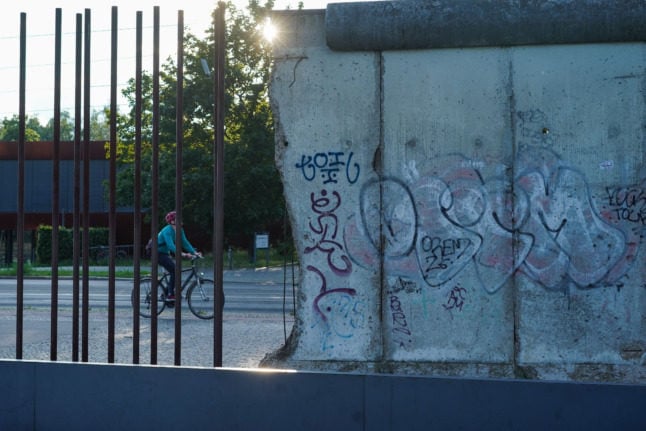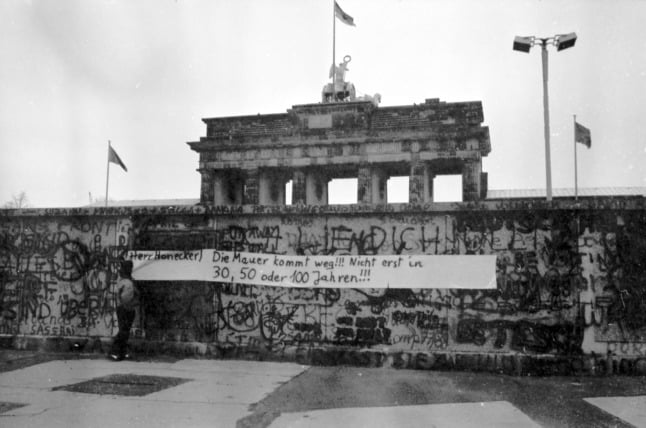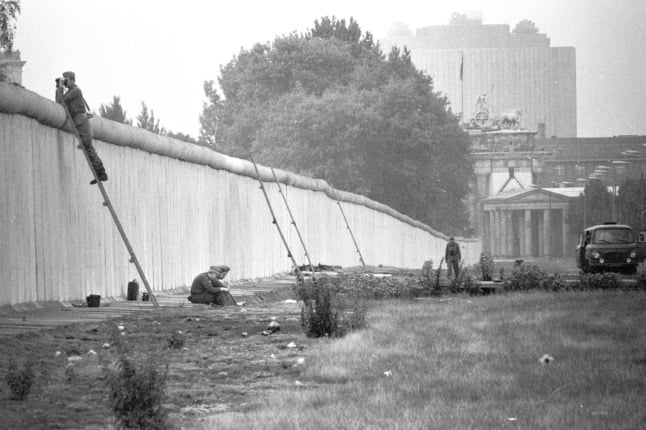As the Iron Curtain began to fall in September 1989, East Germans crossed the border into then Czechoslovakia, the only country to which they could travel visa-free, and sought the safety of the embassy.
On September 30th, 1989, West German foreign minister Hans-Dietrich Genscher stepped onto the embassy balcony and told the refugees they were finally free – a famous sentence drowned out by a chorus of cheers.
“No one in Germany will ever forget this moment, this speech,” current German Foreign Minister Heiko Maas told reporters in Prague on Monday.
Speaking later at the embassy, Maas called on Europeans to preserve their unity.
“We must not allow new ditches to be dug in Europe, be they between the east and the west or the north and the south,” he said.
“How else are we to face the great global challenges like globalization, climate change, digitalization or migration?”
WATCH: Berlin to mark 30th anniversary of the fall of the Wall
Genscher – who himself escaped East Germany in 1952 – convinced the hardline Communist regime to accept the mass exodus.
About 15,000 East Germans fled to the West via Prague before East Germany opened the Berlin Wall dividing the city on November 9th, 1989.
The entire Soviet bloc crumbled within two years, while the former Czechoslovakia split in 1993 in two to form the Czech Republic and Slovakia.
Genscher died aged 89 in 2016.
Maas said it made sense “to risk something for liberty, equality, democracy, because none of these can be taken for granted.”
“That applies today, in the era of populist seducers and nationalist ideologists, as much as it did back then,” he added.





 Please whitelist us to continue reading.
Please whitelist us to continue reading.
Member comments